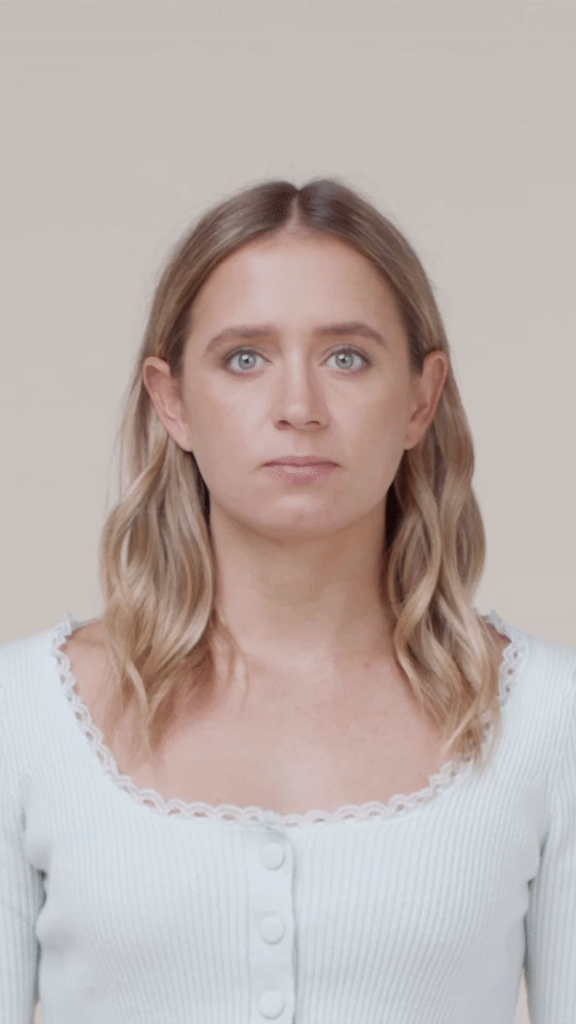Forget COVID masks there is a new type of mask that is being worn by multiple faces around the world
In the realm of social media, TikTok has emerged as a powerhouse, captivating users with its short, engaging videos. One of the platform's most distinctive features is its array of face filters, which allow users to transform their appearance in myriad ways. Behind this seemingly simple feature lies a fascinating technological innovation: the use of Generative Adversarial Networks (GANs). Here, I'll be delving into the world of GANs and explore how TikTok leverages them to create captivating and immersive face filters.
Understanding GANs
Generative Adversarial Networks (GANs) are a class of artificial intelligence models that were introduced by Ian Goodfellow and his colleagues in 2014. GANs consist of two neural networks: a generator and a discriminator. The generator's role is to create synthetic data (in this case, altered facial features), while the discriminator's job is to distinguish between real and generated data. Through a process of adversarial training, these networks work in tandem to improve the quality of the generated content over time.
The Art of Augmentation
TikTok's face filters rely on the principles of GANs to create a wide range of effects, from playful animal masks to dramatic changes in facial features. The process begins with the collection of a diverse dataset of facial images, encompassing a wide array of expressions, ages, and ethnicities. This dataset serves as the foundation for training the GAN.
During the training process, the generator learns to produce increasingly convincing alterations to the facial features, while the discriminator becomes adept at distinguishing between real and generated images. This adversarial feedback loop ultimately results in a highly sophisticated system capable of generating realistic and dynamic face filters.
Real-Time Rendering
One of the most impressive aspects of TikTok's use of GANs for face filters is its ability to render these effects in real-time. This means that as users record their videos, the app is able to swiftly apply and adjust the chosen face filter, creating a seamless and immersive experience. This real-time rendering requires significant computational power, but it's a testament to the advancements in AI and mobile technology.

Ethical Considerations
While TikTok's face filters are undoubtedly entertaining, they also raise important ethical questions. As these filters become increasingly realistic, there is potential for misuse, such as deepfakes or deceptive content. It's imperative for platforms like TikTok to implement robust policies and technologies to mitigate these risks and protect their user base.
The Future of Face Filters
TikTok's use of GANs for face filters is a testament to the rapid progress in AI and computer vision technologies. As GANs continue to evolve, we can expect even more realistic and dynamic filters, blurring the line between reality and virtual augmentation. Additionally, the ethical implications of these technologies will undoubtedly remain at the forefront of discussions surrounding their implementation.
In conclusion, TikTok's integration of GANs for face filters represents a convergence of artistry and technology, enabling users to engage with their creativity in new and exciting ways. As this technology continues to advance, we can anticipate even more innovative and immersive experiences on the horizon. However, it's crucial to approach these advancements with a cautious eye, ensuring that the ethical implications are carefully considered along the way.